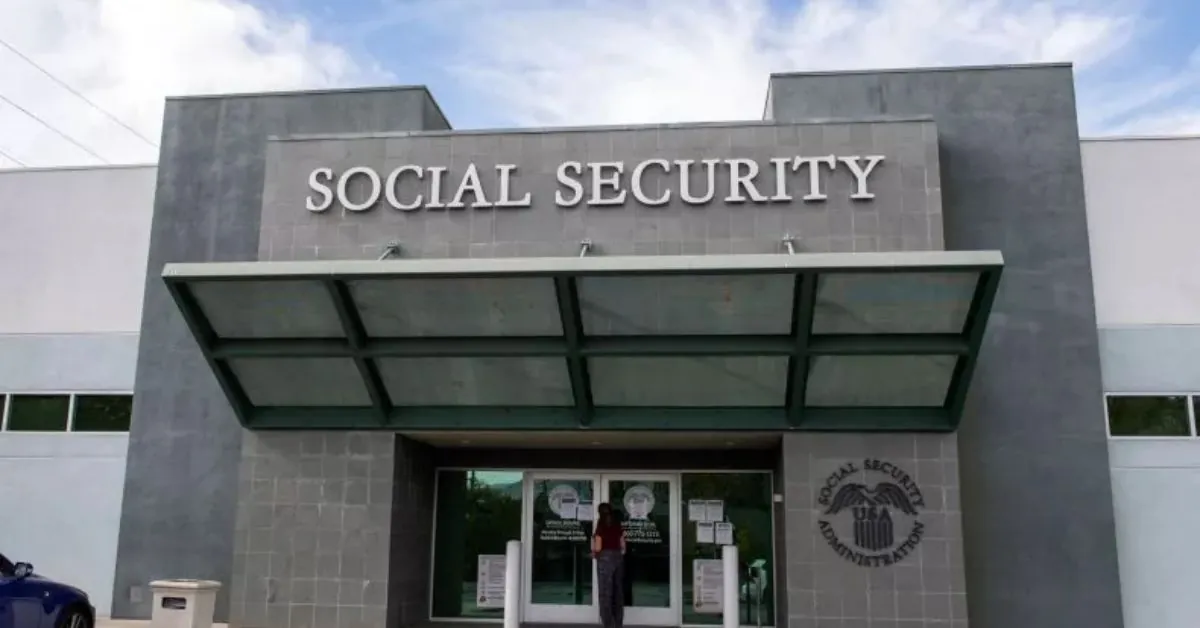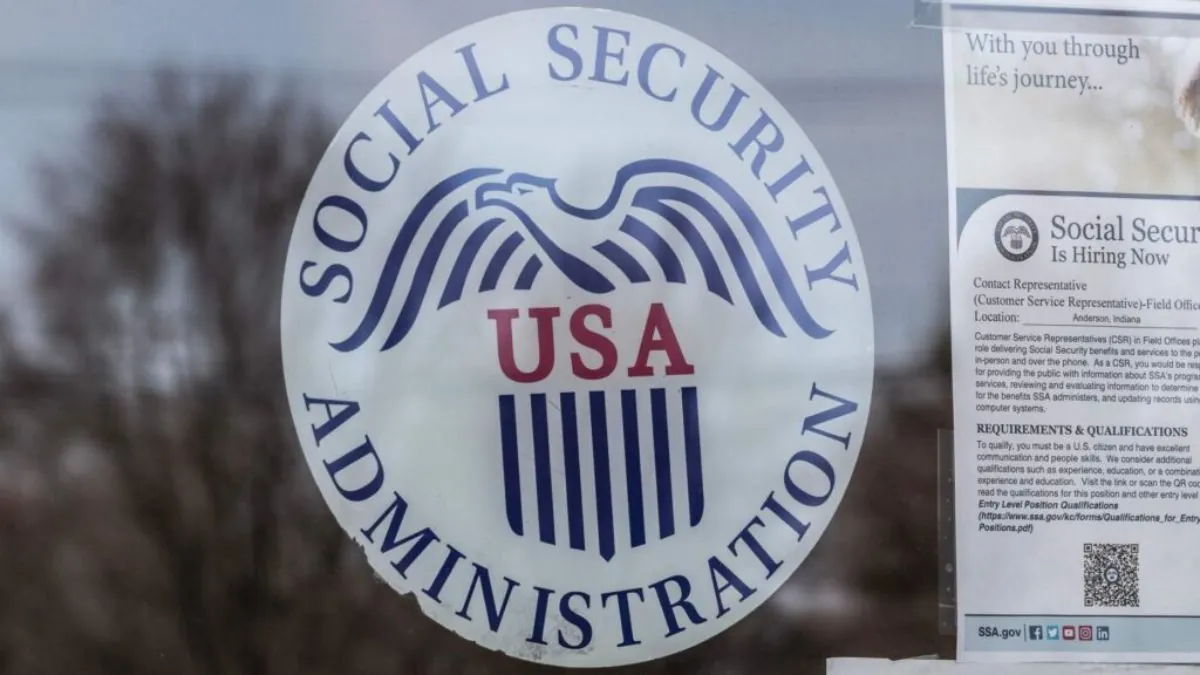The Cost of Living Adjustment (COLA) is a critical tool for millions of Social Security beneficiaries across the United States. Each year, COLA ensures that benefits increase to reflect the rise in inflation, helping retirees maintain their purchasing power. Without COLA, many retirees who rely solely on Social Security would struggle to meet their basic needs as the cost of living rises.
Why COLA Matters
Inflation is an ongoing challenge for retirees, as prices for everyday goods and services tend to rise year after year. COLA helps offset the impact of inflation by adjusting Social Security payments accordingly. This adjustment means that beneficiaries can rely on their payments to maintain a reasonable standard of living even as prices increase. For those without other sources of income, these annual increases are essential for financial stability.
Past COLA Increases and the Current Outlook
Over the past three years, COLA has resulted in a total increase of about 19% in Social Security benefits. While this boost has been helpful, inflation has also surged during this period, leading many to feel that the increases, though significant, still fall short of keeping pace with rising costs. For instance, while COLA adjustments are based on inflation data, they are not always sufficient to fully address the financial challenges that retirees face.
What to Expect for the 2026 COLA
Looking ahead to 2026, the outlook for COLA increases appears modest. Early projections suggest that the adjustment for 2026 will be smaller than in previous years, with estimates hovering around 2.5%. This lower rate reflects predictions of reduced inflation in the coming years. However, it is important to note that these estimates are not final, as COLA adjustments are ultimately based on actual inflation data from the previous year.
Why Future COLA Increases May Be Lower
The reason for the expected smaller COLA increase in 2026 lies in the overall inflation forecast. If inflation rates remain low or stabilize, there will be less need for a substantial COLA adjustment. While this could be seen as a positive sign of economic stability, it also means that retirees may not see the same level of increases in their benefits as they have in the past.
The Federal Reserve’s Role in COLA Adjustments
The Federal Reserve plays a key role in determining how much Social Security benefits increase each year. By closely monitoring inflation and adjusting COLA accordingly, the Federal Reserve aims to ensure that Social Security payments reflect the real-world economic environment. While these adjustments may sometimes seem insufficient, they are based on objective data and are designed to keep benefits in line with rising costs over time.
Conclusion: The Importance of Planning for the Future
As COLA adjustments become more moderate, Social Security beneficiaries must plan ahead to ensure they can maintain their standard of living. While the COLA increases provide much-needed relief from inflation, they may not be enough on their own. Retirees should consider other financial planning strategies to supplement their Social Security income, especially as future COLA increases may be lower than expected. Ultimately, while COLA helps protect against inflation, a broader approach to retirement planning is essential for long-term financial security.
This Article Includes







